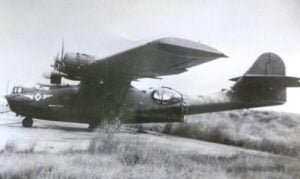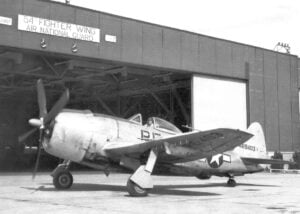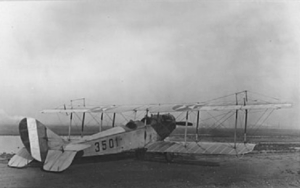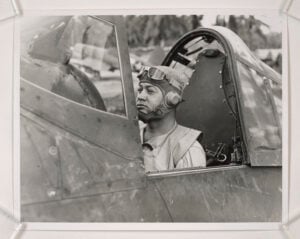This WWII Aircraft Broke All Production Records and It’ll Surprise You
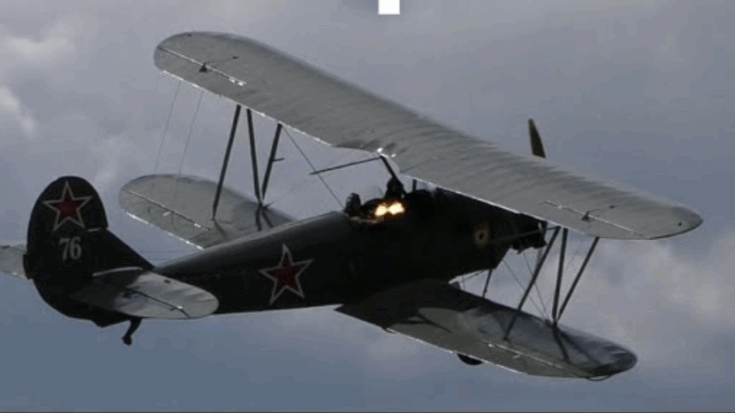
Aviation CZ / YouTube
A Plane from Another Era
At first glance, the Polikarpov Po-2 seems like a relic from a much earlier age. Its open cockpit, fabric wings, and wooden frame appear out of place among the powerful metal aircraft of World War II. Yet, this humble biplane, designed in the late 1920s, would go on to become one of the most produced airplanes in history. Built in astonishing numbers — tens of thousands between the 1930s and 1950s — the Po-2 was a product of simple engineering that proved both practical and adaptable.
John Deane, an aviation expert who works with the Shuttleworth Collection in England and the Vintage Aviator Collection in New Zealand, describes the aircraft as “remarkable.” The particular Po-2 at Shuttleworth was built in 1944 and has traveled across continents — from Eastern Europe to Britain, then to America, on to New Zealand, and finally back to the UK, where it still flies today. Its long history mirrors the durability and reliability that defined the design itself.
From Trainer to Warplane
The Po-2 began its life as a basic flight trainer for new pilots. Nikolai Polikarpov, its designer, created it to be stable, forgiving, and easy to fly. But as the years went on, it evolved far beyond its initial purpose. The aircraft took on a variety of wartime roles: reconnaissance, medical evacuation, communications, and even light bombing. Its simplicity made it invaluable — it could be repaired in the field and built in small workshops.
One of the most famous chapters in its story came during the war on the Eastern Front. Soviet female pilots, flying in all-female regiments, used the Po-2 for nighttime bombing missions. They became known as the “Night Witches.” These crews would fly low over enemy lines, cut their engines, and glide silently before dropping their small bombs. The sound of the wind through the bracing wires made a faint whistle, which unsettled troops below. Though their bomb loads were light, their impact was psychological — keeping opposing forces awake, fearful, and exhausted.
Quiet but Deadly
The Po-2’s slow speed, around 90 miles per hour at most, gave it an unusual advantage. Modern fighters simply couldn’t match its pace in combat; they would overshoot when trying to engage it. Deane notes that its approach was “stealthy,” long before that term was commonly used. Its five-cylinder engine made a rough, popping sound when running, but once throttled back, it could glide almost silently over the battlefield.
Even after World War II, the aircraft’s usefulness continued. During the Korean War, Chinese pilots used the same tactic — approaching quietly at low altitude where radar and fighters struggled to track them. While vulnerable to ground fire, the Po-2 proved almost untouchable from the air because of its slow, low flight pattern. There were even reports of it disabling American aircraft on the ground in nighttime raids.
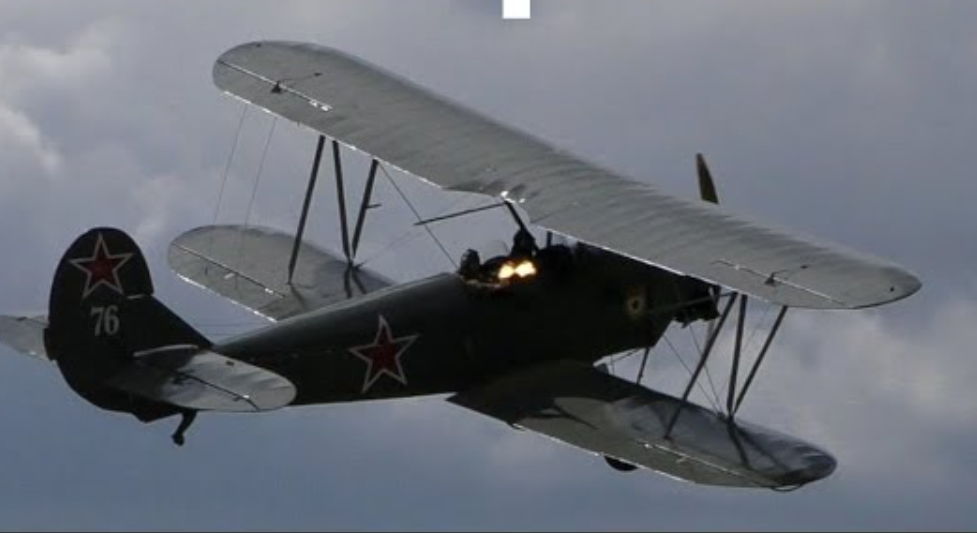
A Study in Simplicity
The Shuttleworth Po-2 still flies as part of the museum’s collection, maintained with care and displayed at air shows. Deane recalls that the aircraft is “so simple you wouldn’t believe it.” It has no fuel gauge, no oil filter, and many features common to other aircraft are entirely absent. Yet it continues to perform reliably decades later.
In comparing it to more advanced planes like the British Westland Lysander, the contrast is striking. The Lysander was designed with automatic flaps and slats, forged landing gear, and an engine many times more powerful than the Po-2’s. But while only about 1,500 Lysanders were ever built, over 40,000 Po-2s took to the skies.
For Deane, that difference holds a quiet lesson in design. Sometimes the most effective solutions are not the most complex. The Po-2 may have been slow and basic, but its endurance, adaptability, and sheer numbers made it one of the defining aircraft of the 20th century.














